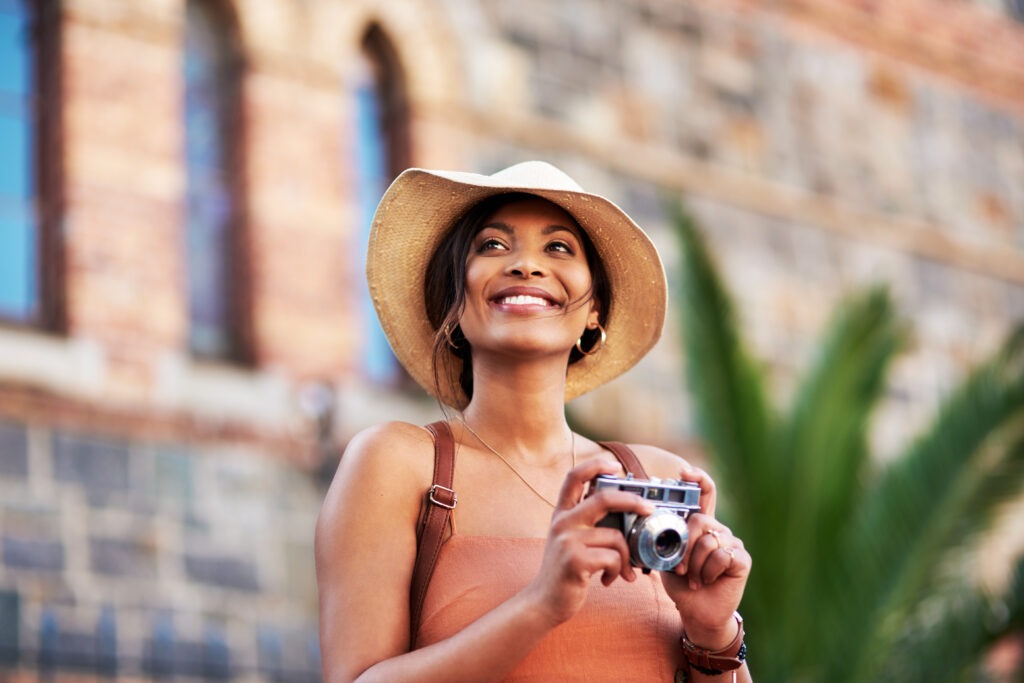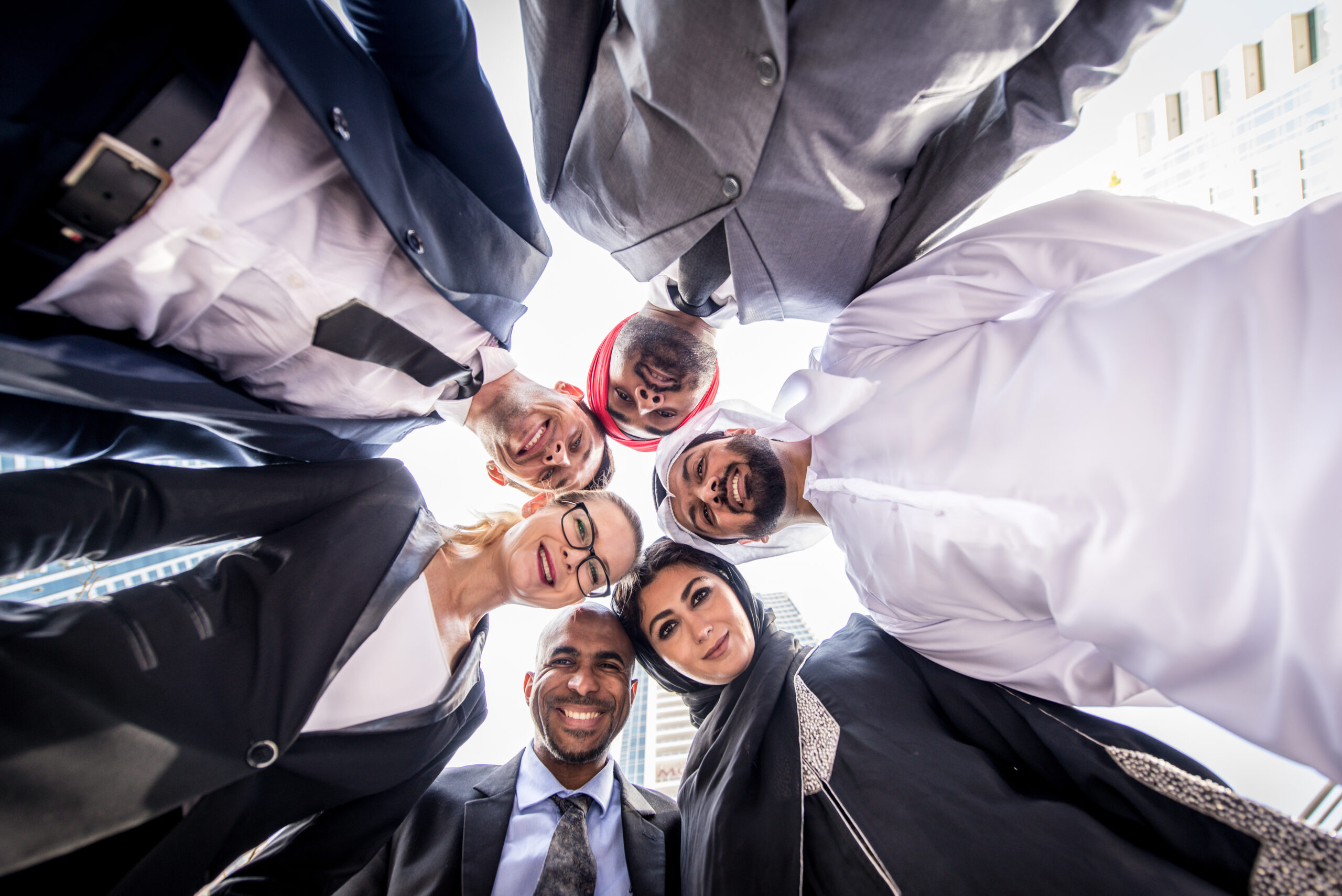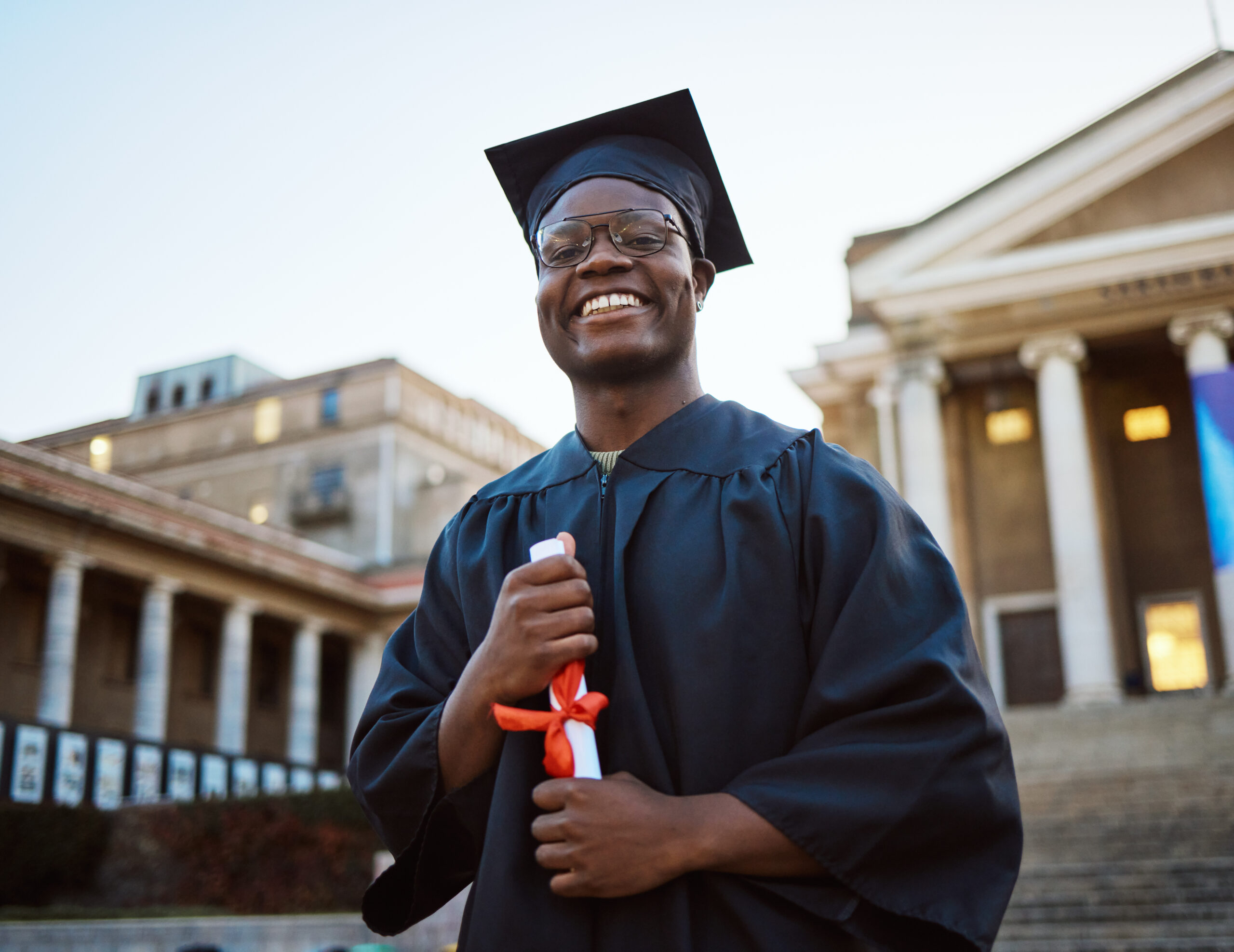How Does the US Tourist Visa Work?
Curious about how the US tourist visa works? This guide breaks down everything you need to know.
Author Name: Amira M
Planning a trip to the United States for vacation, to visit family, or attend a short business meeting? You’ll likely need a B-1/B-2 visa—commonly known as the US tourist visa. It's one of the most popular visa types issued by the United States, but also one that comes with some confusion, especially for first-time travelers.
In this post, we’ll explain in plain language how the US tourist visa works, who needs one, how long you can stay, and what to expect throughout the process.
What Is a US Tourist Visa?
The B-1/B-2 visa is a non-immigrant visa meant for people who want to visit the USA temporarily.
- B-1 is for short business-related visits (like attending a conference or meeting).
- B-2 is for tourism, visiting family, or getting medical treatment.
Most applicants get a B-1/B-2 combination visa, which covers both purposes.
Who Needs a Tourist Visa?
Not everyone needs to apply for a B-1/B-2 visa.
If you're from a country in the Visa Waiver Program (VWP)—like the UK, Japan, South Korea, or many EU countries—you can enter the US for up to 90 days without a visa, but you must get an ESTA (Electronic System for Travel Authorization) before traveling.
If your country is not part of the VWP, you’ll need to apply for a B-1/B-2 visa through a US embassy or consulate before traveling.
How Do You Apply?
Here’s a quick rundown of the B-1/B-2 visa process:
- Fill out Form DS-160: This is the online visa application form. It asks for details about your trip, background, and purpose of travel.
- Pay the Application Fee: The cost is usually $185 USD. This is non-refundable, even if your visa is denied.
- Schedule a Visa Interview: You’ll book an appointment at your nearest US embassy or consulate. Wait times can vary by country.
- Attend Your Interview: Bring your passport, DS-160 confirmation page, a photo, proof of ties to your home country (like a job or family), and evidence of how you’ll pay for your trip.
What Do They Ask at the Interview?
The officer wants to make sure you’re truly visiting the US for a short stay—and that you plan to return home.
You might be asked:
- Why are you going to the US?
- How long will you stay?
- Where will you stay and who are you visiting?
- What do you do in your home country?
- How will you pay for your trip?
Answer clearly, honestly, and confidently. Showing strong ties to your home country (like a job, school enrollment, or family responsibilities) helps.
How Long Can You Stay?
If your visa is approved, you’re usually given permission to stay in the US for up to 6 months per visit.
But—this part is important—the final decision is made by the immigration officer at the airport or border, not the embassy.
So even if your visa is valid for 10 years (which is common), your length of stay is decided on arrival.
You’ll get a stamp or electronic record showing your approved stay, known as your I-94.
Can You Extend Your Stay?
Yes, in some cases. You can apply to extend your stay with USCIS before your authorized time ends. But you need a valid reason (like illness, travel delays, or extra tourism) and you must apply early.
Overstaying your visa, even by a few days, can affect future travel plans or lead to bans.
Can You Work on a Tourist Visa?
No. You cannot work or earn money while in the US on a tourist visa. You also can’t enroll in full-time education. If you plan to study or work, you’ll need a different visa (like F-1 or H-1B).
What If You're Denied?
Visa refusals happen for many reasons, most often because the applicant didn’t prove strong enough ties to return home. If you’re denied, the officer will tell you why.
You can reapply later, but only if your situation has changed (e.g., stronger financials, better documentation, or new travel reasons).
Your Journey with StayLonger
The US tourist visa lets millions of people explore the United States every year, whether for sightseeing, family reunions, or short business trips. It’s not a difficult process, but it does require preparation, honesty, and clear travel plans.
If you’re planning your first trip, make sure you:
- Apply early
- Prepare for the interview
- Follow the rules of your stay
Want more tips about visiting or staying longer in the USA? Schedule a free call with StayLonger—we help travelers and visa holders understand the fine print and explore their options with confidence.





